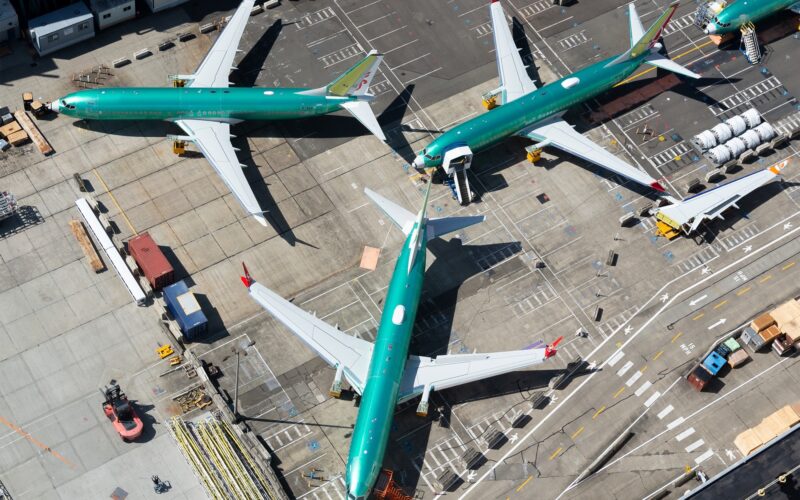harvyk
Senior Member
- Joined
- Apr 15, 2009
- Posts
- 6,988
- Qantas
- Gold
Sunrise?
As these are solid state, I suspect that the hardware difference to have anything from 1 hour to 100 hours, is minimal. So perhaps it's a number chosen to minimise pushback over privacy and company behaviour concerns. I can see cases where the accident investigators could have had value from being able to look further back, even to previous flights.
Back of the napkin calculations, 70 or so days of CD quality audio uncompressed can be stored for around $100 on solid state devices these days. Hey you could easily put in multiple SSD's cheaply to record the same data to multiple devices in case one was damaged during a crash, and it would require less power than the older tape style CVR.
Even adding the aviation tax (since everything in aviation is much more expensive than it's ground based counterpart) it's still incredibly cheap. I always find it amusing that accident investigators only ever have 2 hours of audio to deal with (if they are lucky).




